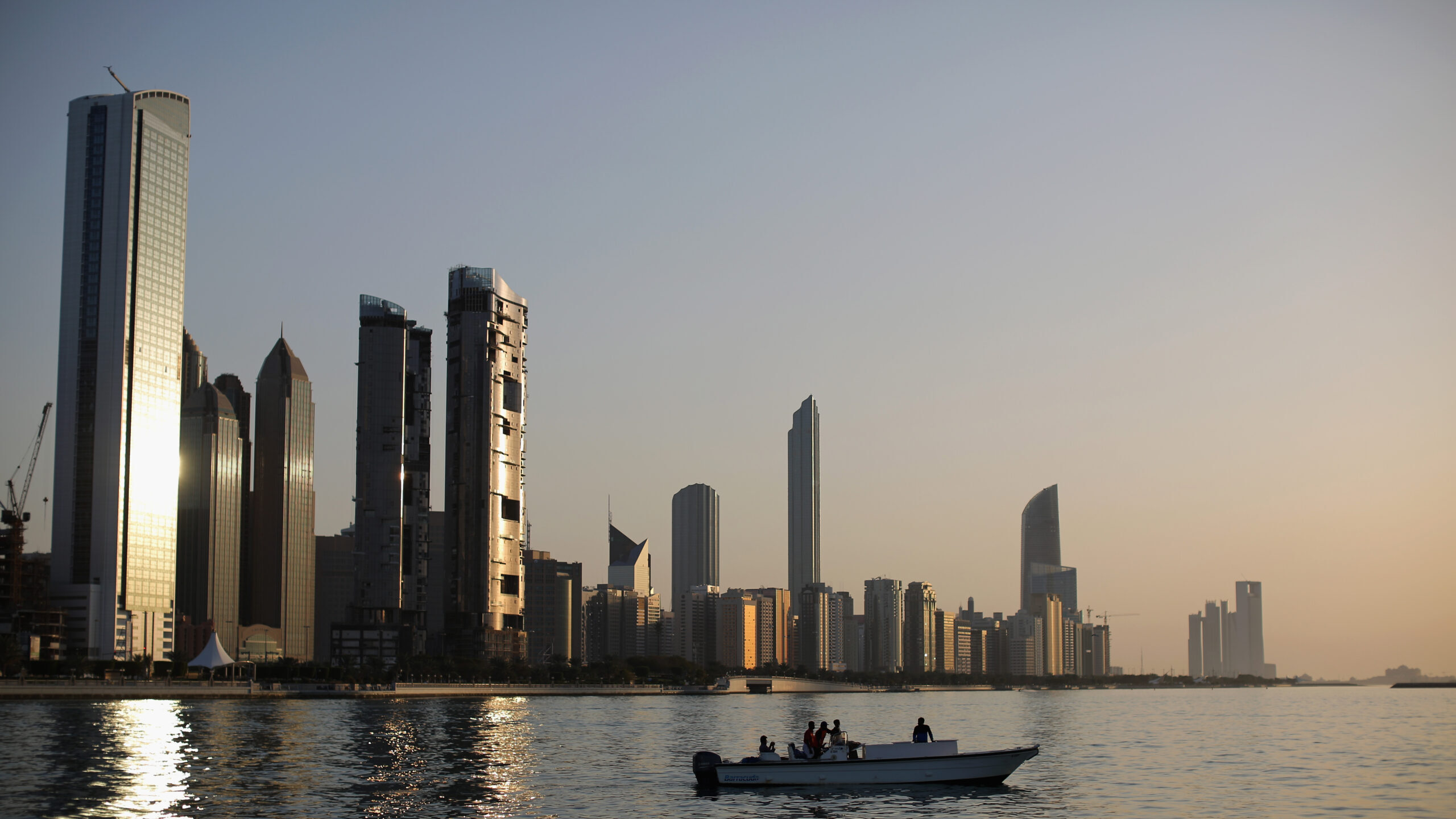
Abu Dhabi, in the United Arab Emirates, has come under Houthi strikes in recent weeks. (Photo by Dan Kitwood/Getty Images)
UMEX 2022: Across the globe, national militaries are grappling with the dual challenges of transitioning man-in-the-loop unmanned aerial vehicles towards autonomous systems, while at the same time deciding how to manage the threat of unmanned systems operated by terrorist groups.
At this year’s Unmanned Systems Exhibition and Conference (UMEX), happening this week in Abu Dhabi, both issues are front and center — not a surprise, given both the United Arab Emirates’ investment in a domestic UAV industry and regional concerns about the use of drones as weapons by Iran-backed militias.
On the first challenge, officials and experts talking on panels at the show all agreed that the time has come to put greater focus on autonomy in unmanned systems.
“The UAE has been giving a great deal of attention to UAV technology and currently has one of the biggest regional companies that develop this technology and export it as well,” said Mohammed bin Ahmad Al Bowardi, UAE Minister of State for Defense Affairs. “We have to intensify our efforts to develop defense systems to protect our countries.”
“Integrating unmanned systems in the military starts with the leadership that has to make the decision that time has come to stop doing things the old way, and to do it the new way that is suitable for the integration of the new autonomous technology,” said James Cluff, founding partner and CEO of the US-based SOAR Beyond consultancy.
However, Maj. Gen. Mubarak Saeed Ghafan Al Jabri, assistant undersecretary for support and defense industries in the UAE Ministry of Defense, was direct about the challenges facing such capabilities. “Technological advancement in UAVs is happening at a faster pace than the concept of operations development, which is impacting the integration of these systems.”
Concerns about small unmanned systems being used to attack regional nations was just as dominant a topic on day one, thanks to recent drone attacks by Houthi militias in Yemen against Abu Dhabi. Iran is accused of providing the Houthis with weapons, as well as drones and technology to build them, for use in attacks against Saudi Arabia and the UAE.
“The UAVs have become the weapon of choice for terrorist groups, especially the ones that are supported by states and undermine regional security” Al Bowardi said. “We have to unify our efforts in preventing UAS from threatening our states.”
Omar Suktan Al Olama, UAE minister of state for artificial intelligence, digital economy and remote work applications, echoed those concerns, saying “The UAVs are becoming cheaper and subsequently more accessible to terrorist groups.”
The US has deployed F-22 Raptors and the USS Cole to help bolster the UAE defenses against Houthi drone and ballistic missile attacks. American Patriot and THAAD batteries deployed in the UAE took part in intercepting Houthi missiles.
Since UAVs come in various sizes and categories, some speakers suggested building an adequate integrated system capable of dealing with all of them.
“There must be layers of systems to address the threat of UAS. It has to be system of systems. It is a wholistic approach,” said US Army Maj. Gen. Sean Gainey, director of joint counter-small unmanned aircraft systems, fires headquarters.
Artificial intelligence will likely push the boundaries in the development of UAVs, making them more autonomous, and will eventually grow more independent of human control, speakers at the show agreed.
“AI will push UAS to escalate because the AI is trained to win no matter what, even if the UAS will cause more destruction or more collateral damage,” Al Olama said.
Despite the threat they could pose should these systems fall in the wrong hands and the likely risks that might come in their development, states will continue to build them, he predicted.
“We need the UAV technology more than ever, despite everything,” Al Olama concluded.






















